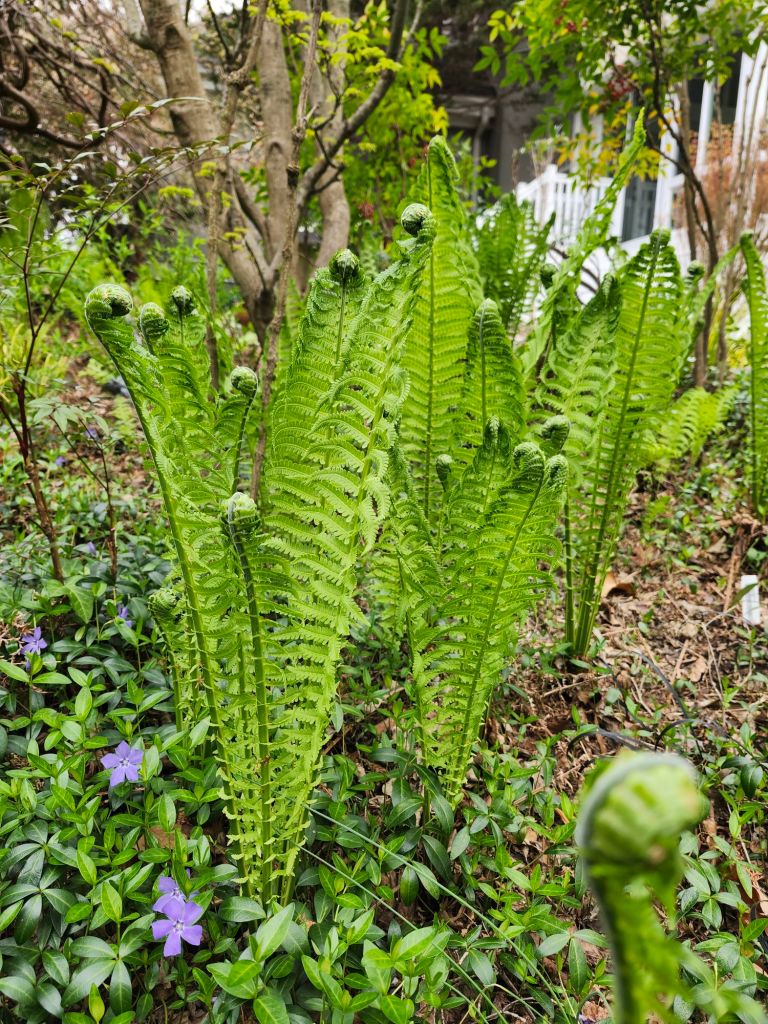What’s that? Oh, something I planted. I’ll know in a few weeks, but for now, at least I can see something so I don’t plant this Asian mayapple where it will have to be moved so soon.


It’ll never stop. The garden’s never done. After thirty-five years, there’s hardly an open inch until closer inspection reveals many tiny gaps where a mayapple or geranium is a perfect fit.

The gardener should be endlessly inspired at the start of April. I am thrilled that flowers of freeze damaged magnolias did not deteriorate overnight to brown mush (Magnolia stellata ‘Royal Star’, above). Though petals lost their form, multiple freezes were not severe. Surprisingly, camellias along the driveway browned at temperatures a degree or two milder than expected, while ones in the side garden (below) suffered only scattered browning.



Today, much of the garden’s glory is in anticipation of what will be tomorrow. Swelling buds and emerging leaves are lovely, but also promise the redbuds’ flowers in three days and the Fernleaf Japanese maple’s (Acer japonicum ‘Aconitifolium’, below) soon after.

There is no better time to appreciate the garden’s Japanese maples than April, still a few weeks off, but with leaves now emerging on several. Red leafed varieties are a little slower, but the intense colors of newly emerged leaves are a highlight of the season.


The month long peak of paperbushes (Edgeworthia chrysantha), hellebores, and witch hazels (Hamamelis) is slowly coming to a close, though the fading blooms remain ornamental from a distance. Soon, green growth will obscure the flowers, but this has been a splendid start to the spring garden.
